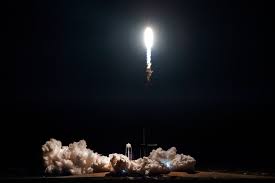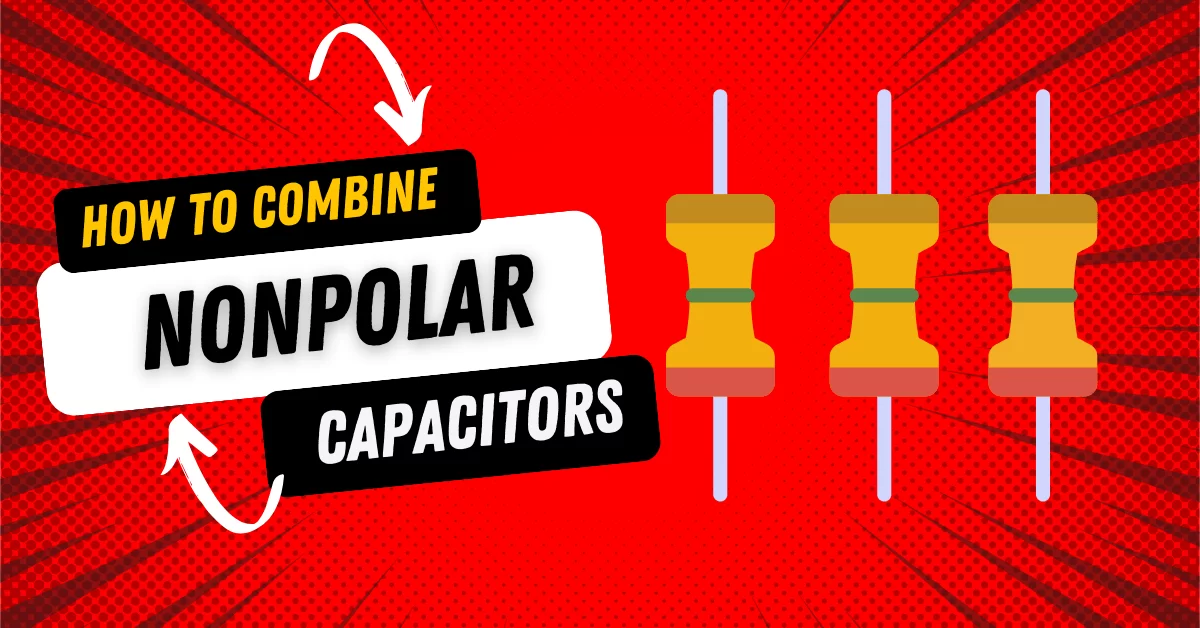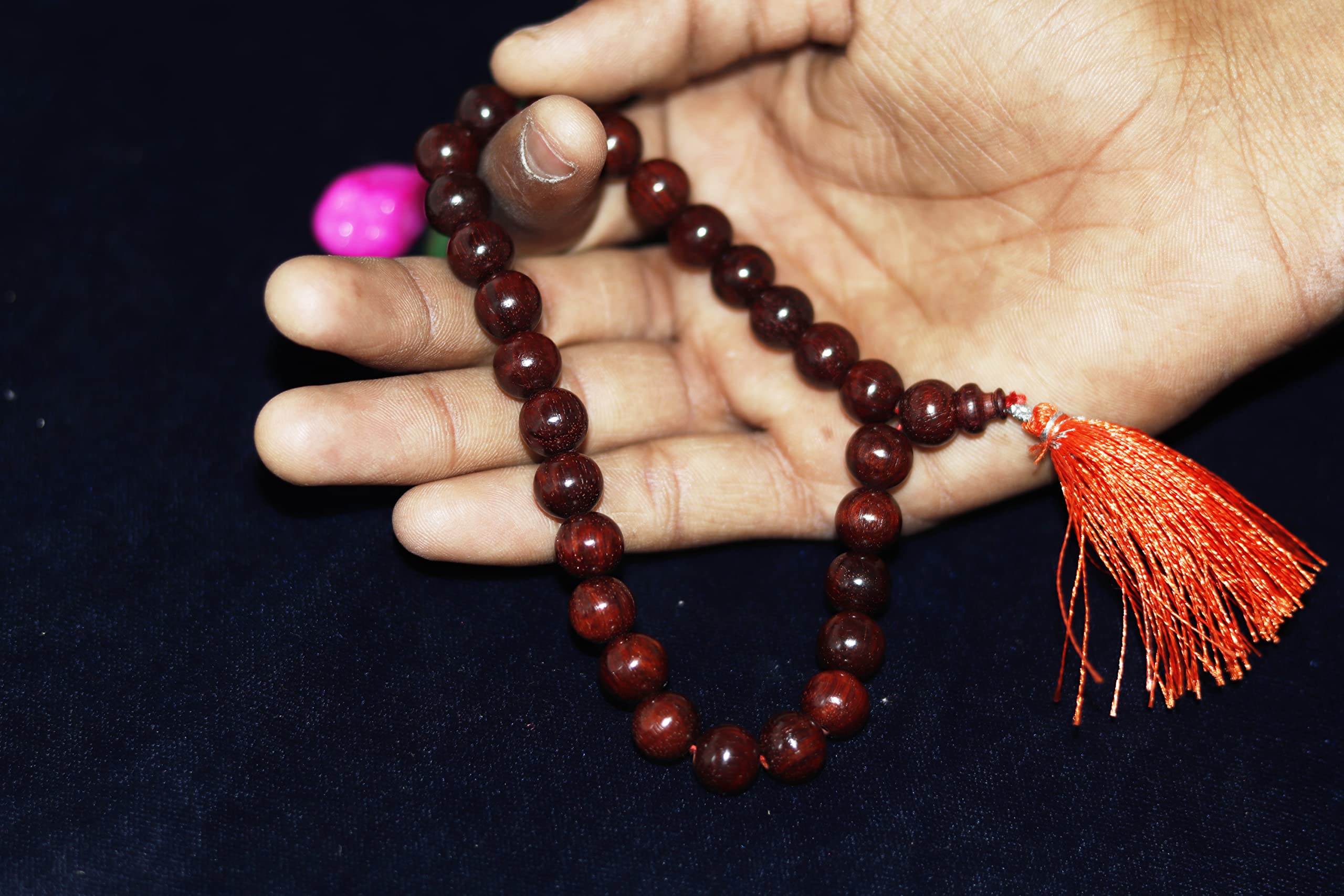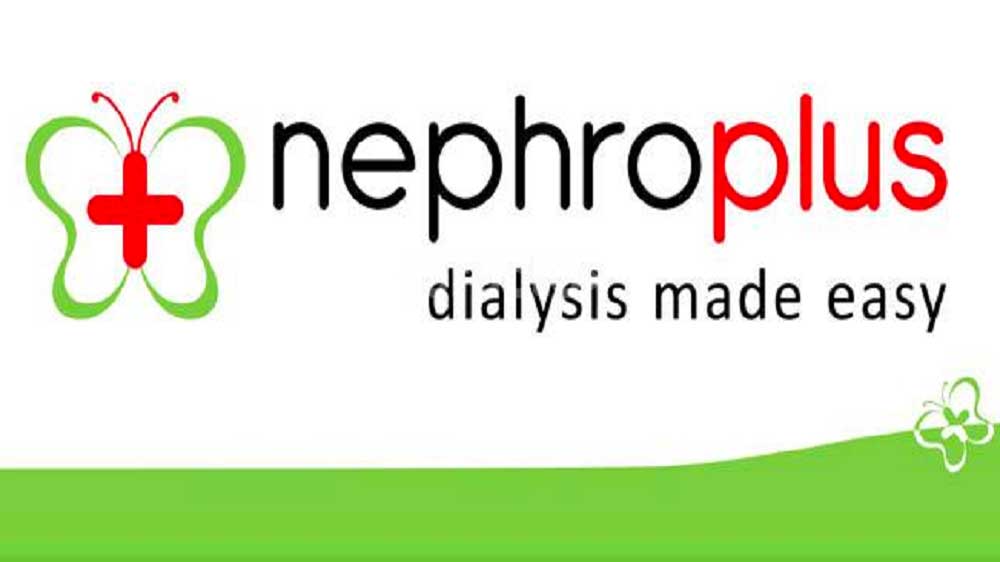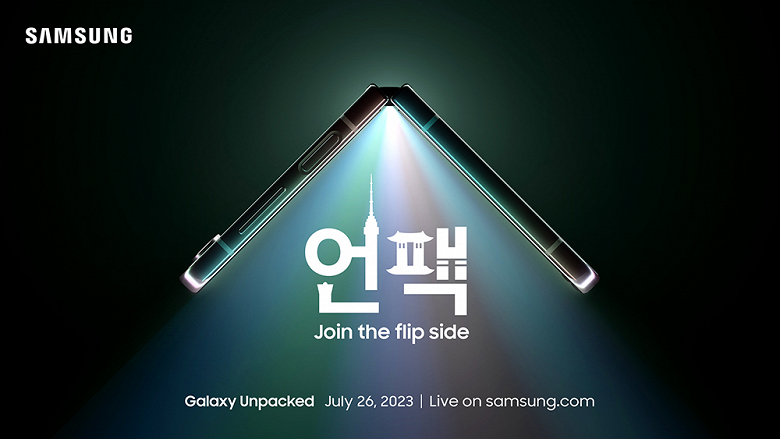The Hubble Telescope takes a stunning photo of one of the most powerful stars in our galaxy
April 24 marks the 31st anniversary of the launch of the Hubble Orbital Observatory. In honor of this, the NASA space agency has shared a new image taken by Hubble. It captures one of the brightest stars in our galaxy, AG Carinae.

Its peculiarity is the surrounding nebula, which was ejected due to several eruptions that have occurred over the past 10 years. The nebula is 5 light-years wide, equivalent to the distance from the solar system to the nearest star Alpha Centauri.
Remarkably, the mass of the ejected matter, which appeared in the form of a nebula, is 10 times the Sun’s mass. It is estimated that the weight of AG Carina is 70 times the weight of our parent star, while the life cycle of AG Carina is several times less.
Since this star is a blue variable with different periodicity, it has flares comparable in power to a million Suns. In this regard, the reserves of the “fuel” of the star are quickly depleted, and they live from 5 to 6 million years. Moreover, the life span of stars such as the Sun reaches 10 billion years. From our system, AG Kiel is at a distance of 20 thousand light-years.
The picture was taken in the visible and ultraviolet range. This can only be done during observations from space since light waves from objects located at such a large distance are distorted when they reach Earth’s surface.
The Hubble Space Observatory was launched into orbit on April 24, 1990, aboard the shuttle Discovery.

